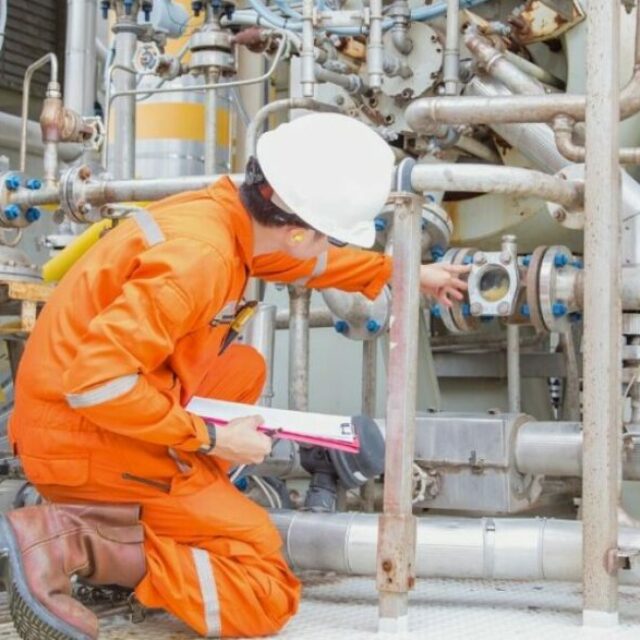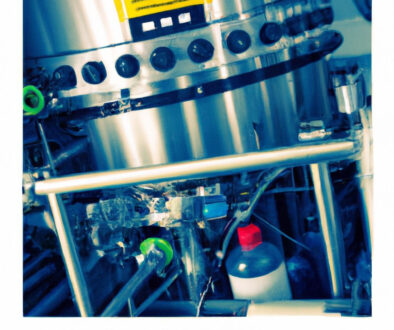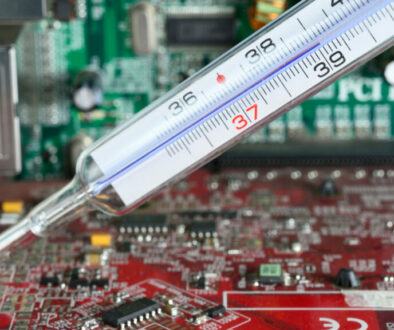Why Use Proportional Control Valves?
Pneumatic flow control valves circulate air and gases throughout a larger pneumatic system by either allowing or inhibiting the flow of pressurized air. The function of proportional valves falls into a wide spectrum somewhere between on/off solenoid valves and electrohydraulic servo valves. With proportional valves, output flow isn’t exactly linear in relation to the control signal. Despite their nonlinear nature, proportional valves offer an inexpensive way to control force, velocity, and position on machinery needing high-speed responses at high flow rates. So, why use proportional control valves?
Many proportional valves are modified versions of four-way solenoid valves in which proportional solenoids replace conventional solenoids. In operation, the solenoid force is balanced by spring force to position the spool in proportion to the input signal. Improving the positioning accuracy is achieved by replacing the centering springs with a positioning sensor at the end of the spool. When the spool reaches the specified position, the sensor signal then cancels the solenoid signal. As a result, the spool in low performing valves have considerable overlap in the null position. This overlap causes flow dead band that can cause errors and instability in positioning systems.
One advantage of the Kelly Pneumatic proportional valve design is the elimination of friction that is common to spool valves. As described above, in a standard spool valve design the mechanical control of the spool position within the valve sleeve creates the resultant flow of the valve. The use of a spool creates friction between the spool and valve seat, and this friction can limit the life of the spool valve. The friction inherent in this design also requires dithering to avoid the spool sticking when in motion. Dithering can cause issues with stable flow control.
In contrast, our proportional valve uses a single armature design, which offers virtually frictionless performance. Precise flow control is acquired by proportionally moving the single valve armature away from the valve inlet orifice. The total travel distance of the valve armature is only thousands of an inch. A slight increase or decrease in the armature distance from the valve orifice will result in a variable outlet flow rate, avoiding friction and the need for dithering.
A defined trend in the valve industry is emerging: an increased difficulty in differentiating between proportional valves and servos. Traditionally, proportional valves couldn’t match servo valves’ performance, and they were mostly used in open loop applications. They were mass produced, whereas servos needed meticulous and precise manufacturing, which made them up to 10 times more expensive. Proportional valves also had wider clearance, so they tolerated contamination more than servo valves. All of that will quickly become a thing of the past as proportional valves start to outperform servos.
For example, closed loop proportional valves that function just like servo valves are available in many places. Using high force, continuous action solenoids with minimum friction moving parts and quick response electronics, proportional valves have servo-like performance without the contamination and high pressure drop of conventional valves. It requires precise manufacturing, but it’s still cheaper than servo designs.
Proportional valves control flow, actuator position, velocity, toque, and they can synchronize the action of many different cylinders. They work well for applications such as press systems, molding machines, and traditional servo markets like flight simulators and airframe testing. Also, they prove ideal in areas that already use proportional valves but need a performance upgrade with a closed loop system.
The technology advanced, and continues to advance, to the point that some manufacturers can make proportional vales that basically work like mass-produced servo valves with larger tolerance allowances and looser fits than the standard servo line. Adding electronic feedback creates performance that’s almost as good as a servo valve at a lower cost as well.



